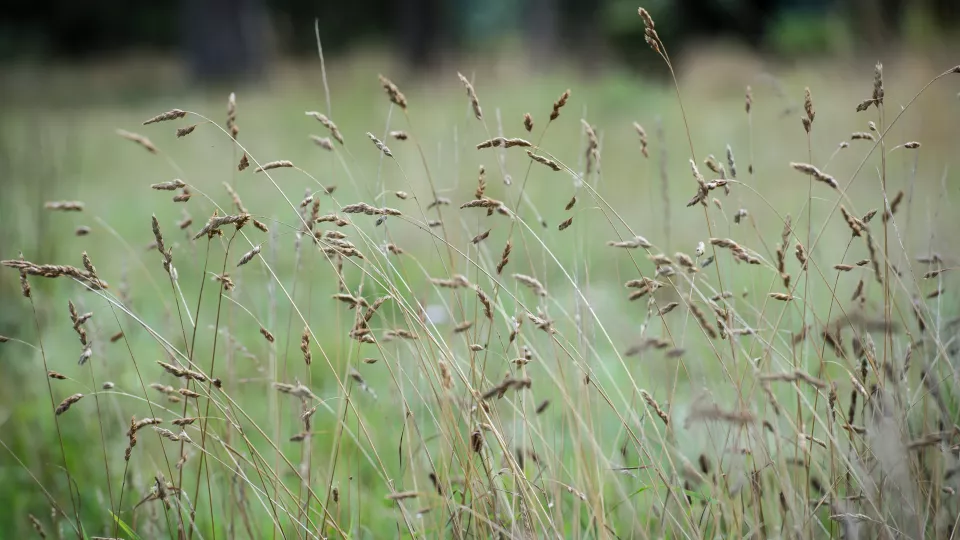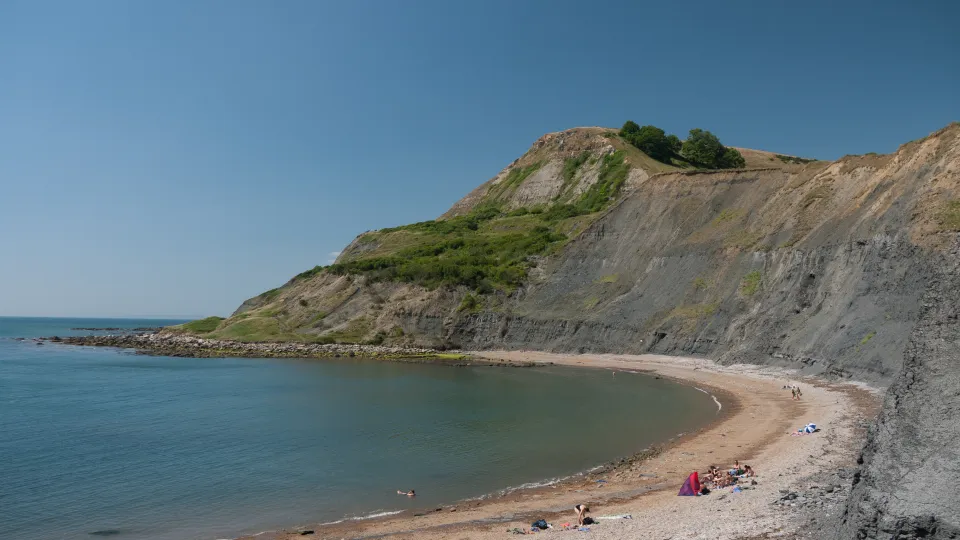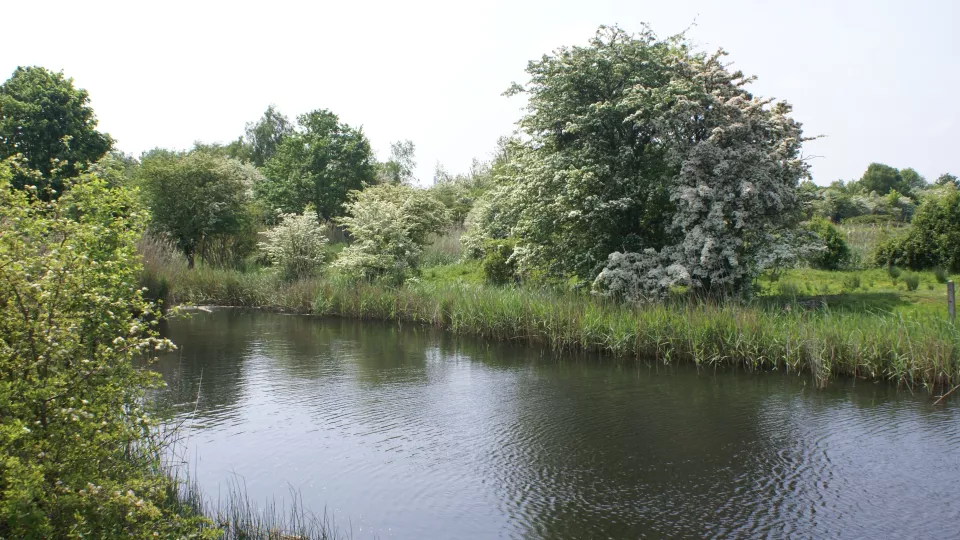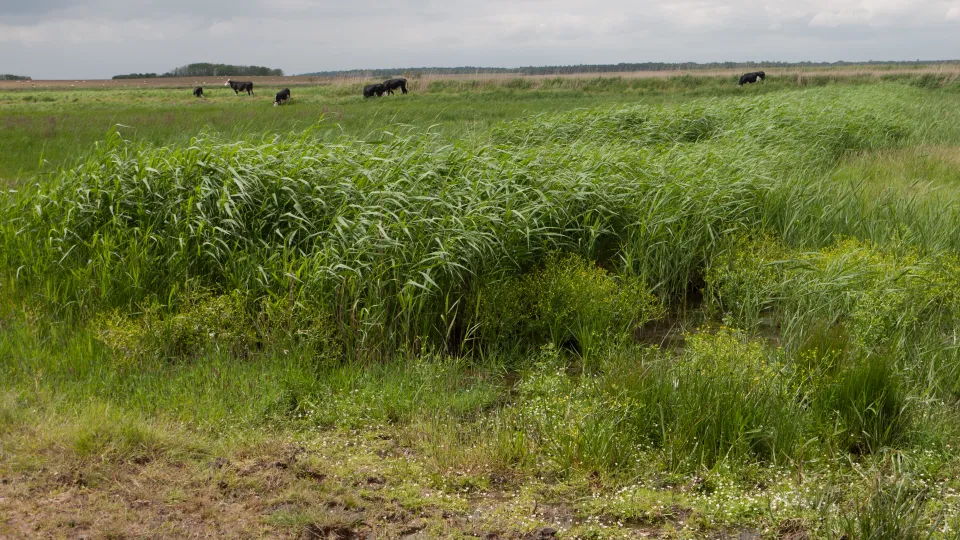
Grassland
Flower-rich grasslands, once a part of every farm, are part of our culture. Most have developed alongside humans because of livestock grazing and cutting for hay. Many have archaeological and historical features.

Flower-rich grasslands, once a part of every farm, are part of our culture. Most have developed alongside humans because of livestock grazing and cutting for hay. Many have archaeological and historical features.

Coastal habitats are found wherever the land meets the sea. With some 17,800km, the UK has one of the longest national coastlines in Europe. The coast is home to many habitats, with cliffs, rocky shores, sand and shingle beaches, sand dunes, mudflats, saltmarshes and grazing marsh.

Lying along the edge of the river Medway, this patchwork of wet fields and scrub is criss-crossed by ditches and home to many rare and unusual plants and animals.

Oare Marshes is an international importance for migratory, overwintering and breeding wetland birds, the reserve consists of grazing marsh (one of a few left in Kent).

Enormous flocks of geese, ducks and swans swirl down from wide skies to drop onto the flat, open expanses of flooded grazing marshes in winter. In spring, lapwing tumble overhead and the soft, damp ground speckled with cuckooflowers provides excellent habitat for waders probing for prey in the damp soil. By summer, when the ground is drier, some marshes are cut for hay or silage, but the ditches remain wet and come alive with dragonflies and other insects.